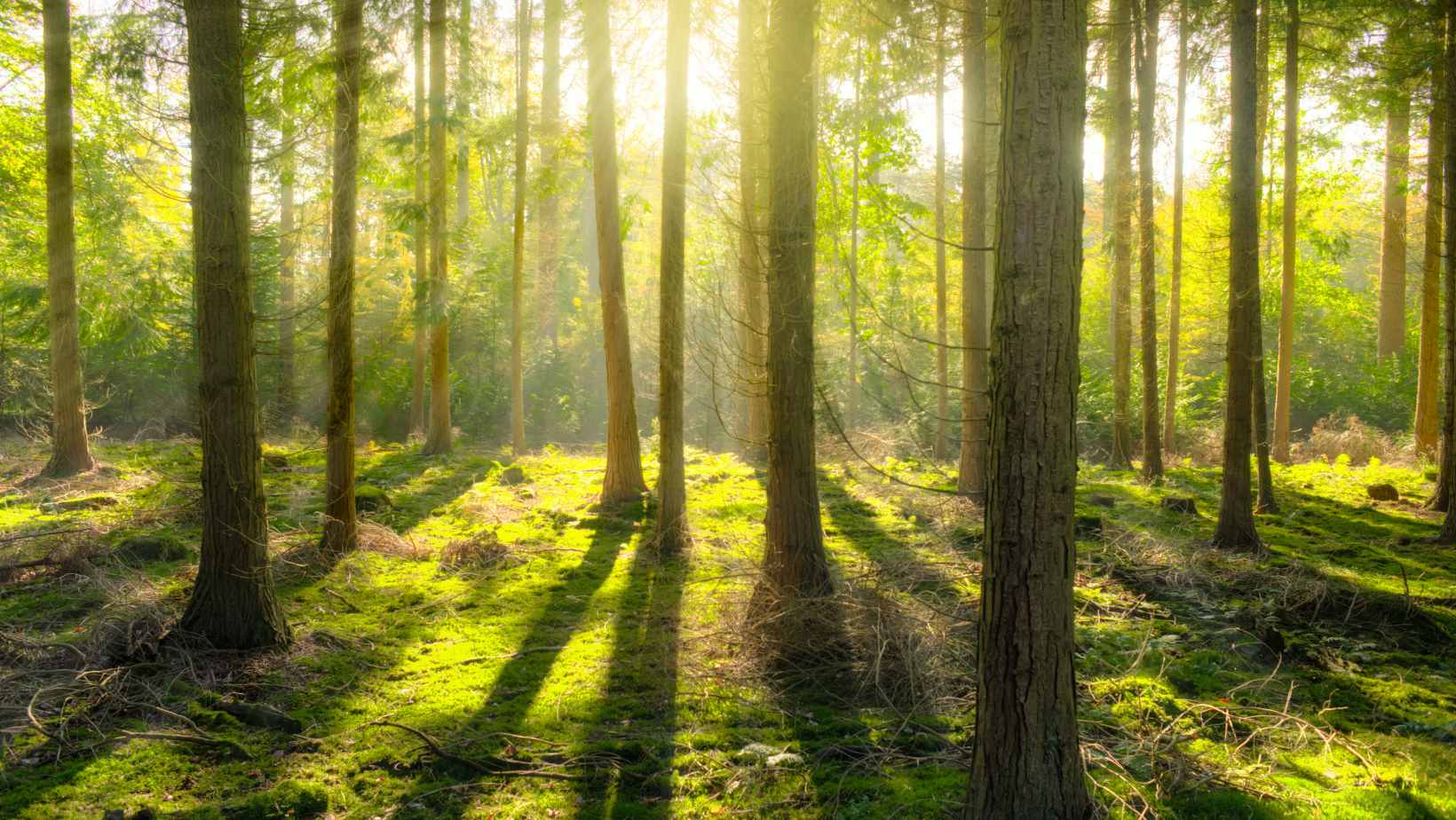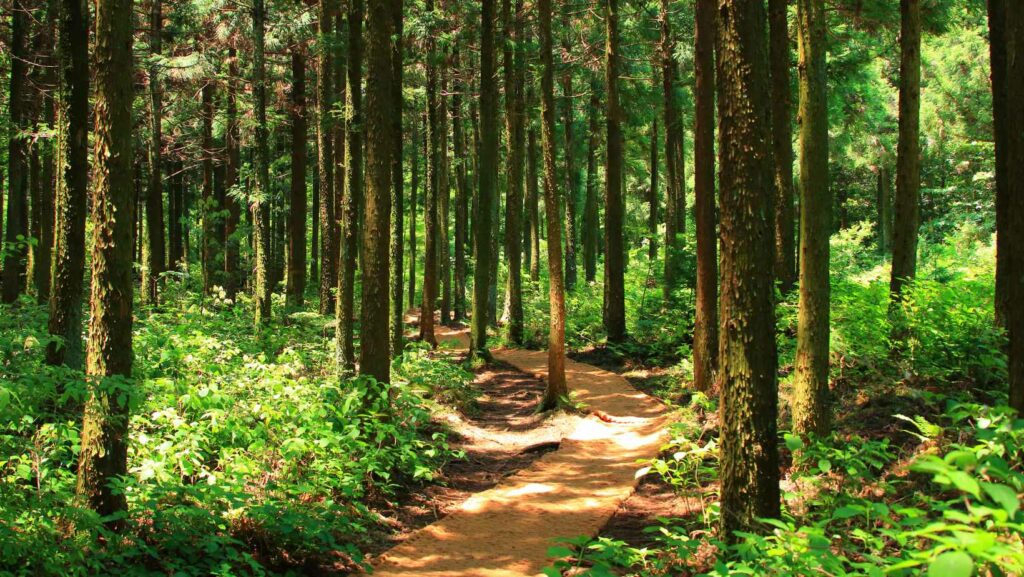In the heart of the wilderness, being able to craft your own bow can be a lifesaver. It’s not just about survival, though; mastering this skill also gives you an incredible sense of self-reliance and accomplishment. I’m here to guide you through the process – from selecting the perfect piece of wood, all the way to stringing your finished bow.
Just imagine: You’re alone in a dense forest with nothing but nature surrounding you. A situation that could seem intimidating, or even perilous, is suddenly less so because you’ve taken the time to learn how to craft a bow. This simple yet powerful tool can provide food and protection, transforming a precarious scenario into one where you’re fully equipped and prepared.
Making a bow isn’t as difficult as it might initially appear. With some patience and careful attention to detail, anyone can learn this valuable skillset. So let’s dive in together – I’ll show you every step involved in crafting your very own forest bow.
Understanding the Basics of Bow Making
Venturing into the wild, it’s crucial to grasp some basic survival skills. One such skill I’ll be shedding light on today is bow making. Being able to craft your own bow in a forest setting can provide you with a tool for hunting and self-defense.
Firstly, let’s talk about material selection. It’s important to choose a wood that has both strength and flexibility – qualities essential for an effective bow. Ideal choices include yew, ash or hickory, but if those aren’t available, look for green saplings from hardwood trees like oak or maple. Remember – the stave should be as tall as you are for maximum efficiency.
Once you’ve procured your perfect piece of wood, carving comes next:
- Strip off any bark and whittle down bumps or knots.
- Carve out the handhold in the middle.
- Gradually taper the ends of your stave.
What I can’t stress enough is patience during this process. Rushing could lead to splitting your hard-earned stave!
Now, we’re onto stringing our bow! Paracord works great here but in case you don’t have that lying around in your backpack, strips of rawhide or even strong plant fibers will do just fine:
- Notch small grooves at each end of the stave.
- Attach one end of your cordage securely into a groove.
- Bend the stave gently while securing the other end.
Remember not to overdo it though! The aim here isn’t to bend it till it snaps – you want just enough curve so that when relaxed there’s still some tension.
Finally comes testing and tweaking until you get optimal performance from your handmade weapon: adjusting tension by shortening or lengthening cordage; removing more wood if necessary; applying oil as needed for maintenance… And voila! You’ve got yourself a functioning survival tool made straight from nature herself!
So there we have it – my guide on understanding the basics of bow making in a forest setting: what materials work best, how to properly carve and shape your chosen wood into an efficient tool and finally stringing then testing until perfect!
How to Craft a Bow in The Forest
I’ve gotta tell you, not just any old branch will do when it comes to crafting a bow in the forest. It’s all about choosing the right wood. Hardwoods are typically your best bet because they’re sturdy and reliable. Think along the lines of oak, hickory, yew or ash if they’re available.

But let me be clear: don’t fret if these aren’t around. You can still make a decent bow with softwood like pine or spruce. They might not last as long or pack quite as much punch, but they’ll get you by in a pinch.
Now here’s something crucial to remember: green wood is a no-go! Why’s that? Well, green wood still has sap running through it and isn’t fully hardened off yet. That means your bow could easily snap under tension or warp over time – not exactly what we’re aiming for!
So how do you pick out the perfect piece of wood? Look for straight-grained pieces without knots or branches along their length. A good rule of thumb is to choose a piece of wood that’s at least 5 feet long and 2 inches thick.
Lastly, season your chosen stave properly before starting to carve your bow – this means letting it dry out until there’s no moisture left in it, which can take anywhere from several weeks up to an entire year depending on the type of wood and where you live.

